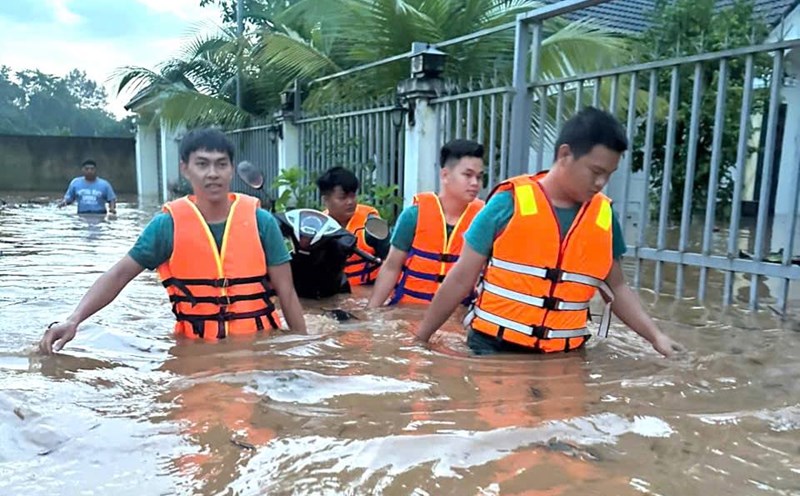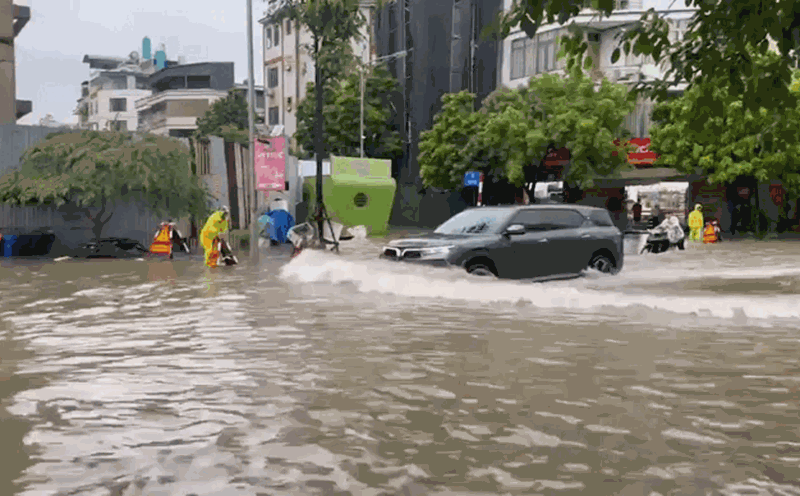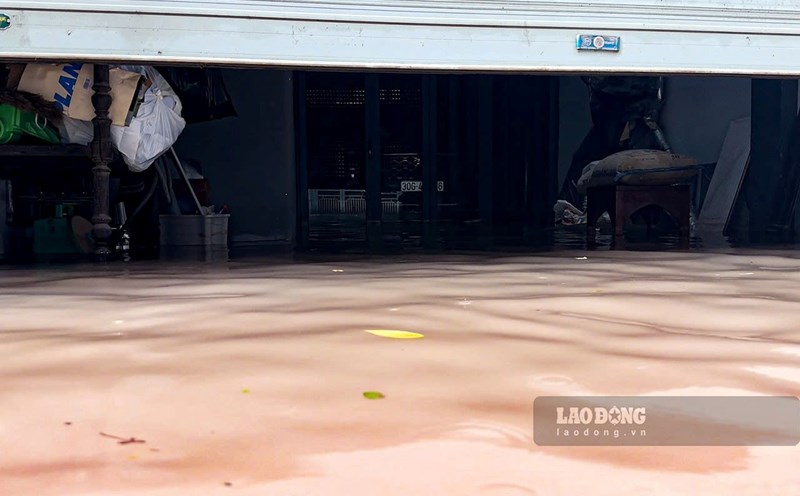After each prolonged heavy rain, many residential areas are flooded. When the water recedes, many people experience symptoms such as burning itching, redness or peeling in the feet and hands.
According to medical experts, these are typical signs of dermatological diseases caused by prolonged exposure to dirty water.
Floodwater contains many bacteria and mold
Floodwater in urban areas or residential areas often contains countless dirt, waste, animal feces, bacteria and parasites.
When the skin is soaked in this environment for a long time, the outer protective corners are eroded, making it easier for bacteria, fungi and chemicals to penetrate.
In particular, the skin in the feet and between fingers, where it is often wet, is the weakest point most vulnerable to attack.
Doctors say that the most common is foot-and-mouth fungus (tinea pedis), which often causes itching, burning, scabies and an unpleasant smell.
In addition, contact dermatitis, eczema or soft tissue infections can also appear if the skin is scratched and not properly cleaned after rinsing.
Proper skin care after wading in dirty water
After contact with floodwater, it is necessary to immediately rinse the skin with clean water and mild antibacterial soap.
Dry thoroughly, especially between your toes, then apply moisturizer or vaseline to restore the natural protective barrier.
People with sensitive skin can use mild antiseptic solutions (such as povidone-iodine) to prevent infections.
Avoid bare feet or carrying wet shoes in flooded areas.
If your skin shows signs of severe itching, burning, redness or pus, you should go to a dermatological facility for early diagnosis and treatment to avoid spreading complications.
Proactive prevention during the storm season
Keeping personal hygiene, wearing waterproof clothes when moving in flooded areas and regularly changing socks and dry shoes are simple but effective measures.
At the same time, supplementing nutrients and vitamins helps increase skin resistance, supporting the body to fight pathogens from polluted environments.
After each flood, the skin is the place that suffers the first attack. Just a little bit of subjectivity, seemingly small burns can become a persistent and untreated disease.











